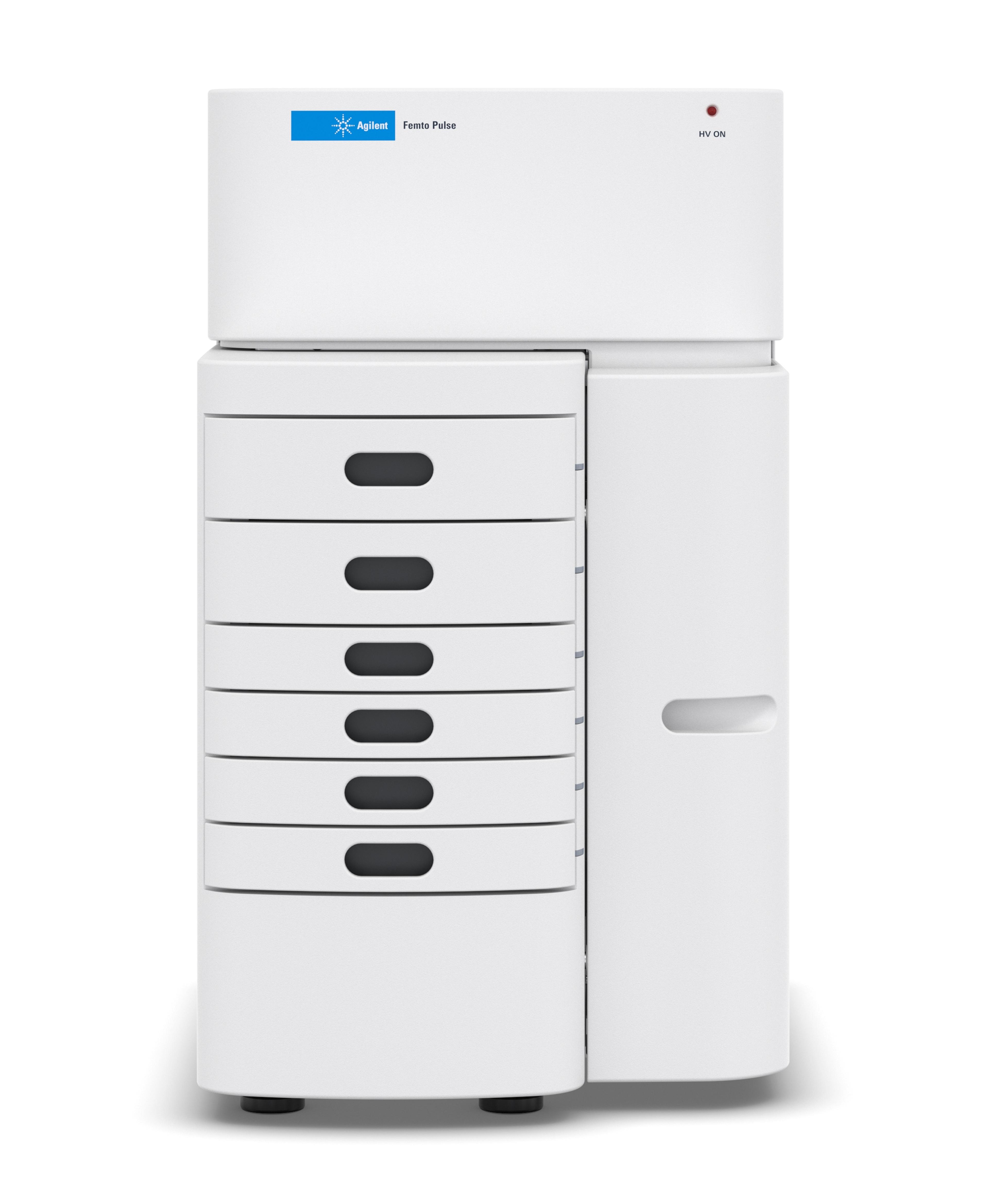NGS sample quality control: Your questions answered
Discover the variations in different methods of isolating high-molecular weight DNA for nanopore sequencing
18 Aug 2021

Nanopore long-read sequencing has overcome many of the restrictions of short-read sequencing, enabling the resolution of repetitive regions and the assembly of closed bacterial genomes.
This has allowed more researchers to make use of long-read technologies for a variety of applications. Besides the careful handling of samples in library preparation, the most important prerequisite to achieve optimal sequencing results is the quality and size of the input DNA. Size distribution has a major impact on the read length and therefore the quality of the assembly and chances of successfully resolving large repetitive regions. The proper isolation of high-quality DNA of optimal size is therefore crucial for effective nanopore sequencing.
In this on-demand SelectScience webinar, German NGS Competence Center in Tübingen tested different DNA isolation kits from different manufacturers mostly dedicated to high-molecular-weight DNA isolation and performed quality control analysis using the Agilent Femto Pulse system to determine the size and distribution of the isolated genomic DNA.
Read on for highlights of the live Q&A session or register to watch the webinar at any time that suits you.
Watch on demandQ: What is the difference between the 165 kb gDNA kit versus the 165 kb BAC kits?
SB: The difference between the two kits comes down to the matter and what we test, as well as the ladder used. These two kits were designed for specific types of nucleic acids, either smears or fragments. The pulsed-field matters are very different, so we have not validated smears on the BAC kit. Also, the ladders are very different for both kits. Because of the size needed throughout the whole sizing range, we need to have a specific ladder for each kit. The kits are very different and the matter that’s used for every kit is very different. Even though the names of the kit are somewhat similar because of the size that we added for the name of the kit, the matter and the ladders are very different.
Q: What is the sample volume required per well for an assay?
SB: The assay requires two microliters of volume per sample. It's the recommended concentration required for every kit. In use, you just need two-microliter samples, but also to follow the protocol that will have a specific concentration per assay needed.
Q: Do you have any literature showing the detection of cfDNA on the Femto Pulse System?
SB: Yes, we do. We have application notes on the product page showing separation of cell-free DNA on the Femto Pulse System. It was done using the ultra-sensitive NGS kit, and the results show the quality of assessment of low concentrated cell-free DNA samples, with the capability of separating up to 75 cell-free DNA fragments. If you go on the Agilent webpage, you can download those application notes as a PDF, and if you have questions related to any of the results, feel free to email us.
Q: Can you run unpurified sample reactions on the Femto?
SB: You normally should try to have clean samples when you run an experiment because if you have a lot of samples, you could leave a lot of salt unpurified and you're probably going to have a lot of peaks and background during your run. I recommend you have as clean samples as possible to run. It would also probably affect the injections of the samples on the system.
Q: What is your favorite DNA isolation kit for the LRS experiments?
CE: My favorite isolation kit always depends on the question I want to answer. If I have a high number of samples, then I go for higher throughput. If I want to have very long fragments, then I take either the G20 by QIAGEN or the Circulomics kit. Whenever I need long fragments, I choose the one for the longer fragments. And if I need a high throughput, then I take a faster one, which is more comfortable and more convenient.
Q: Throughout the LRS protocol, what is the most crucial quality control step that you have regarding both the sequencing and isolation?
CE: What's very crucial for nanopore sequencing is the Nanodrop values. We have to really care for the good quality of DNA. The better the quality of the DNA is, the more we have a throughput. If we have, for example, phenol or proteins or something similar in our sample, then the pores of the nanopore will die and that can be rapid. Even by watching, you can see how the pores are dying, so it's very crucial to obtain good DNA quality. This is what you have to focus on. That also leads to the isolation kits finally. I look for the DNA quality afterwards, then together with that are the fragment links and this, you need to care for. It starts with lysis initially, so you have to take care that you do lysis that doesn't degrade your DNA. Otherwise, you won't sequence anything at all.
Q: Can you tell us more about the factors affecting nanopore sequencing regarding DNA quality?
CE: Whenever you have a protein inside which is left in your DNA sample, it could block the pore. As you know from the presentation, we need to run the DNA strands through a nanopore, which is only one nanometer in width, so whatever can block the pore can influence your sequencing. Also, when the fragments are too long, they recoil in the upper phase of the membrane and then they block the pore as well. You need to take care on the quality and length. If the length is too long, meaning a range that the Femto Pulse cannot measure anymore, then the pores block pretty fast or more easily and you have to do a DNA flush and reload the library. Finally, you then have to restart the sequencing again.
SelectScience runs 10+ webinars a month across various scientific topics, discover more of our upcoming webinars>>

